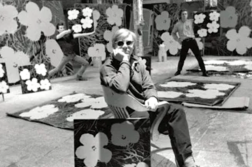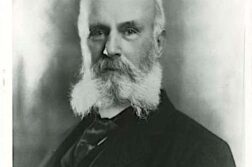SOON AFTER American troops entered Afghanistan following the events of 9/11/2001, reports began to appear in major press outlets documenting a phenomenon that had previously received scant attention: widespread homosexual activity among Afghan men, in particular among the Pashtun of the southern region of Kandahar. It seemed that Western forces sent into Afghanistan to liberate Afghan women had unwittingly liberated Afghan homosexuals, and Western journalists weren’t sure what to make of that. The idea of homosexuality among rugged Afghan fighters was treated—often within the same article—both as a cultural curiosity and as an instance of abusive pedophilia. In the end, these Western press’s accounts revealed at least as much about current Western fears and prejudices as about the local practices they concerned.
Shortly after the 9/11 attack, an article titled “Repressed Homosexuality?” appeared in The Times of London (October 5, 2001) suggesting a link between misogyny and homosexuality within the Taliban. A few months later a piece called “Kandahar Comes out of the Closet,” also in the Times (January 12, 2002), offered anecdotal evidence of the re-emergence of visible homosexual activity in the Kandahar region following the defeat of the Taliban. This story was picked up in The New York Post under the title “A Gay Old Afghan Time Again.” Two days later, The New Yorker published a lengthy report by Jon Lee Anderson on post-Taliban Kandahar in which he too broached the subject of homosexual activity. At last, The New York Times weighed in with a piece called “Shh, It’s an Open Secret: Warlords and Pedophilia” (Feb. 21, 2002). A spate of articles followed with titles like “Kandahar’s Lightly Veiled Homosexual Habits” (LA Times, April 3) and “The Royal Marines and a Gay Warlord” (Sun Herald [Sydney], June 9). Even USA Today (June 3) got into the act with a piece that discussed the threat of AIDS in post-Taliban Afghanistan, a nation seen as particularly vulnerable because of “promiscuity and homosexuality without the use of condoms.”
What makes these reports of open homosexual activity in Kandahar surprising is that they seem to contrast so markedly with the repressive policies of the Taliban—and Islamic societies in general.
Brian James Baer, associate professor of Russian Literature and Translation at Kent State University, is presently completing a book on the representation of homosexuality in post-Soviet culture.





